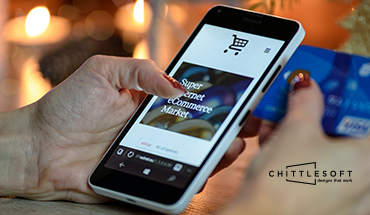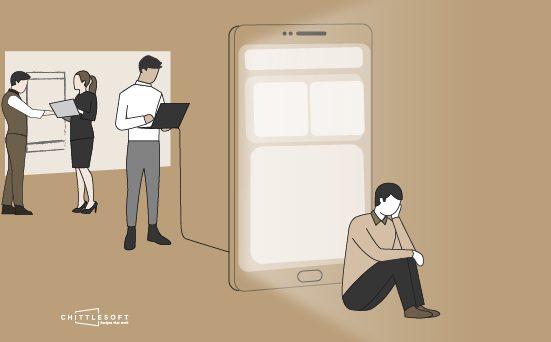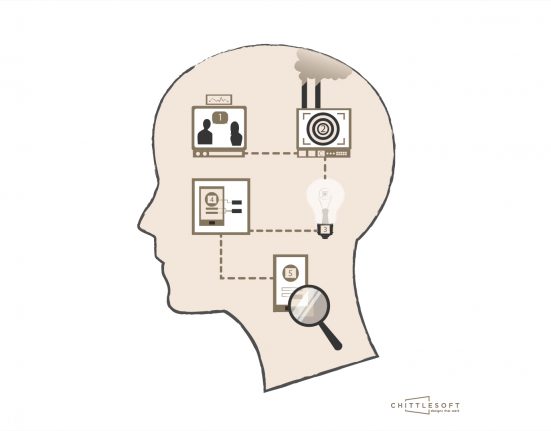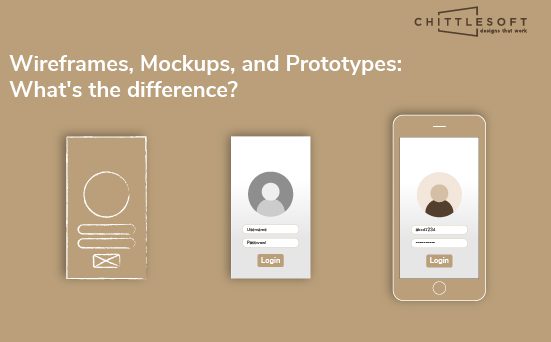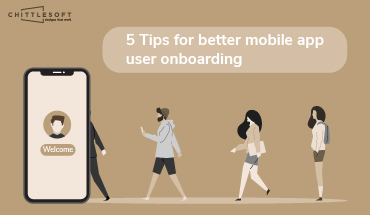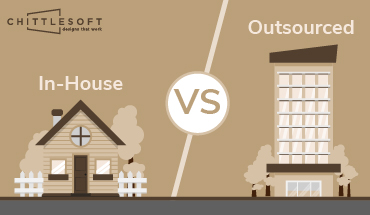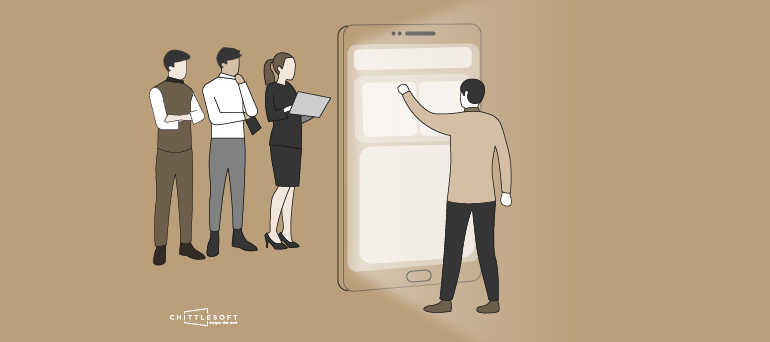
Creative problem-solving results in innovative products that improve people’s lives and experiences. The Hasso-Plattner Institute of Design at Stanford (d.school) proposed a model for this, which can be broken down into 5 key stages – Empathize, Define, Ideate, Prototype, and Test. In our blog series on these 5 stages of Design Thinking, we cover each one individually. So far, we’ve looked at:
Here, we will look at the testing stage.
These five design thinking stages – Empathize, Define, Ideate, Prototype, and Test – do not always happen in this order. At various points in the design process, you may need to return to any one of these stages. We think of them as components that can be reassembled to create a process that works for you and helps you create an effective end product to solve your user’s problem. The ‘Testing’ stage is one of them.
How do prepare for testing?
Once you are ready to introduce your prototype to your users, here are some steps to follow:
- Identify what you want to test. It could be new navigation, specific features, some buttons you’ve added, or anything else that you have done to solve the user’s problem. Being clear about what you’re looking for will help you plan your tests.
- Create test scenarios. Once you have settled on the above, you will need to decide how you can test those specific aspects of your prototype. There’s more to this than simply introducing the prototype to your user. Think of certain tasks you can ask them to perform that require the use of the new feature(s). It could be locating something on a website or submitting a request through an app, depending on the prototype and features you’re looking to get feedback on.
- Plan test questions. You may choose to ask these during or after the testing. If during, ensure they are not disruptive. If after, try to keep them open enough to enable the user to share their views on the prototype as a whole. They may not remember all the specifics at this point, so it is important not to frustrate them by asking them to retrace their steps.
- Choose the right users. The only way to know if your solution solves your user’s problem is to test it out on that user. Choosing the right participants is critical here as it will help you get the right feedback.
How can you make the most of these tests?
There’s plenty you can do to make your testing stage successful. Planning is a big part of it. As mentioned above, a clear goal and well-thought out tasks and questions will make all the difference. Once you have that in place, you will need to focus on how best to carry out the testing and record observations. Creating a good, realistic experience will allow users to respond as they would in real life. Taking notes is once way to go. You can also look at capturing the testing via video or screen recording (with consent, of course). One interesting tool you can use at this point is a feedback capture grid:
Keep in mind that negative feedback is also very important. It will show you if you’ve identified the problem correctly and if you’re solving it in a way that works for your end user. Once you have the insights you require, you can either go back to one of the 5 stages and rethink things, or you can proceed to implementation.
If you’d like to learn how we go about this stage and the rest of the Design Thinking process at Chittlesoft, reach out to us here.
Many of our customers come to us in search of a good creative branding agency or digital design studio in Pune and then find all the design services they need under one roof. Learn how we use our design expertise to supplement your resources!
Key Sources:
https://www.uxpin.com/
https://www.youtube.com/
https://www.ignitec.com/
https://blog.qualaroo.com/


